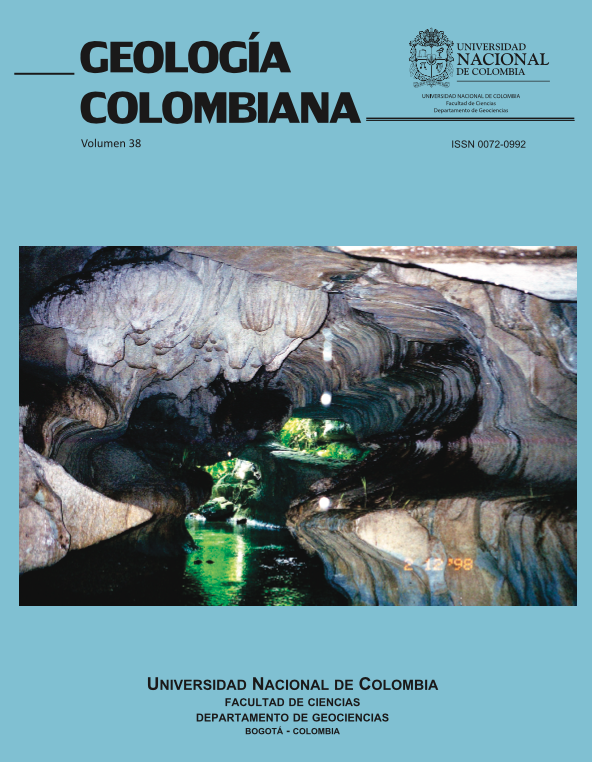Copper extraction from hydrothermal polymetallic ore sources in Meymand cave dwelling village, Iran; An archaeometallurgical approach
Palabras clave:
Archaeo-metallurgy, economic geology, copper, hydrothermal, QXRD, AFM, Iran. Arqueo-metalurgia, geología económica, cobre, hidrotermal, Irán (es)Descargas
The polymetallic ore intrusion of “Meymand” is situated between three important copper and iron orogeny zones called “Sarcheshmeh”, “Meydook” and “Gol-e Gohar” in the Kerman province, central Iran. The occurrences of polymetallic sulphide intrusions (Cu, Cu+Fe+As, Cu+Au+Fe, Cu+Zn) with various metallic ore compositions are also one of the reasons why this region belongs to the most signi cant areas for the beginning of metallurgy on the Iranian plateau.
The main motivation for this research is the characterization of the smelting slags used for metallurgical purposes in Meymand, based on quantitative XRD methods, including the Rietveld phases refining method. Through polarization microscopy, the interpretation of the paragenesis of the phases in the solid is possible, as well as in the fluid state. Atomic force microscopy in non-contact mode was used in order to obtain some information on the topography and roughness of slag matrices during the smelting process, according to the recrystallization segregation.
With respect to the mineralogical phase, segregation silicates mainly consist of augite, fayalite, and clinoferrosilite. The main oxides are hematite and magnetite. Metallic phases are known as copper and iron (wüstite). According to the thermodynamic stability field of minerals in the pyroxen bearing slag, copper extraction was carried out at approximately 890°C.
Extracción de cobre de yacimientos hidrotermales polimetálicos de la caverna de Maymand, Irán; un enfoque arqueo-metalúrgico
Resumen
La intrusión de minerales polimetálico de cobre y hierro en “Meymand”, se sitúa entre tres importante zonas orogénicas llamadas “Sarcheshmeh”, “Meydook” y “Gol-e Gohar”, en la provincia de Kerman, en el centro de Irán. Las ocurrencias de las intrusiones de sulfuro polimetálico (Cu, Cu + Fe + As, Cu + Au + Fe, Cu + Zn) con diversos minerales metálicos son también una de las razones por las que esta región pertenece a las áreas más significativas para el comienzo de la metalurgia en la meseta iraní.
La principal motivación de esta investigación es la caracterización de las escorias de fundición utilizadas para fines metalúrgicos en Meymand, basado en métodos de DRX cuantitativos, incluyendo el método de refinado de fases de Rietveld. Mediante microscopía de polarización, es posible la interpretación de la paragénesis de las fases en el sólido, así también en el estado fluido. Se utilizó la microscopia de rayos atómicos en modo sin contacto, para obtener información sobre la topografía y rugosidad de las matrices de escoria durante el proceso de fundición, según la recristalización de la segregación. Con respecto a la fase mineralógica, los silicatos de segregación presentes consisten principalmente en augita, fayalita y clino-ferrosilita. Los principales óxidos son la hematita y la magnetita. Las fases metálicas se conocen como cobre y hierro (wüstite). De acuerdo con el campo de estabilidad termodinámico de los minerales de piroxeno en la escoria, la extracción de cobre fue llevada a cabo a aproximadamente a 890 °C.












